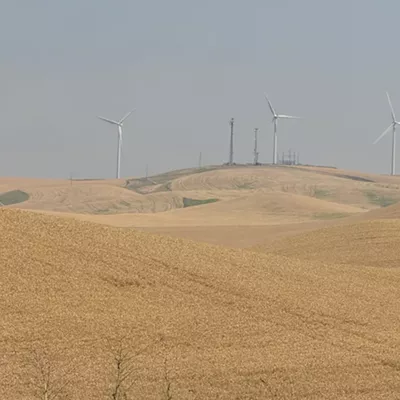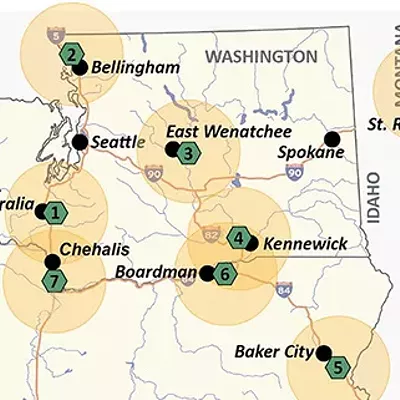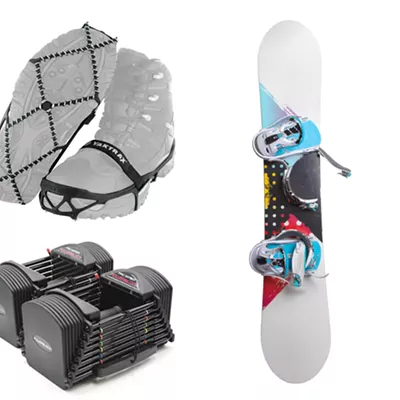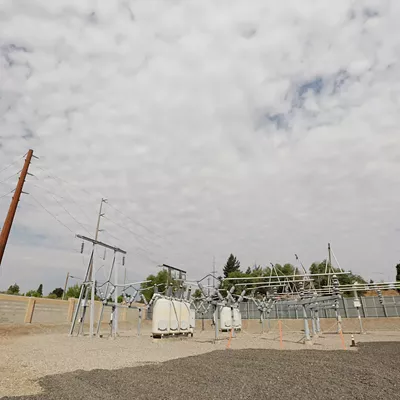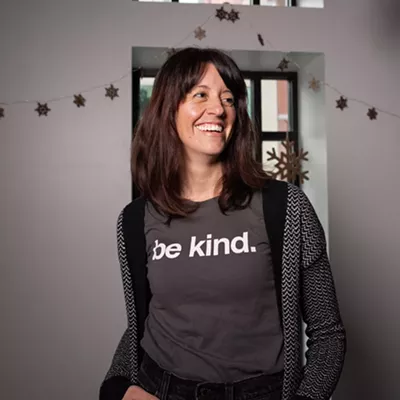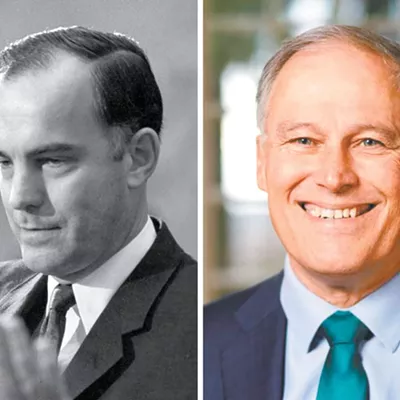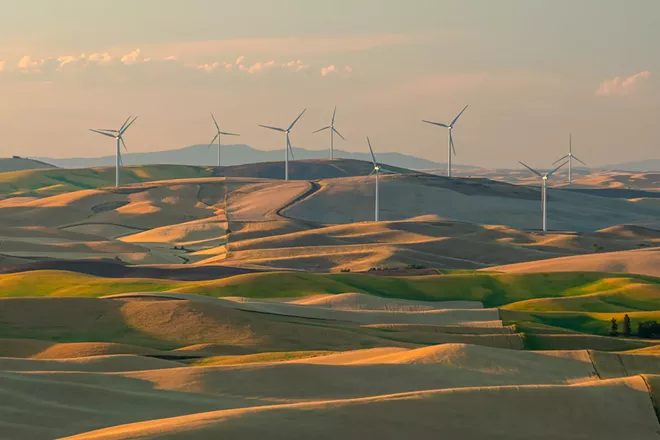
When I heard that Gov. Jay Inslee had vetoed legislation requiring that new cars sold after 2030 had to be electric, I thought perhaps he had hit a pause button until we figured out what going "all electric" involved, perhaps until after he had built more public support. But no. That's not why he vetoed it.
That and two other related vetoes betray a reckless drive to electrify transportation even if we don't have the information and public buy-in we need.
Transportation is Washington's largest contributor of CO2 emissions, so focusing our emission reductions there makes sense. But as we move forward, we need to know a few things, like how we'll pay for roads, bridges and salmon culverts, among other things, with falling gas tax revenue. Or how we'll generate a reliable supply of electricity to meet the increased demand from electrifying Washington's transportation, residential and commercial sectors. The 2022 Legislature tried asking both questions. Inslee's vetoes shut them down.
He explained that he vetoed the electric car 2030 language because the Legislature had required that we figure out how we'll pay for roads without a gas tax. The governor wanted to move forward without answering that question. Rather than taking the opportunity to work with the Legislature to find an answer, he vetoed the bill. That's reckless.
Inslee's recklessness was compounded by also vetoing legislation that would have identified whether, as we put more demand on our electrical supply, there's a chance of rolling brownouts. It would make sense to know that before charging forward. He claimed government agencies were already providing that information, and he is sort of right. Agency models suggest that as long as we continue relying on a mix of hydro, natural gas, nuclear and coal-generated electricity, and we manage peak electricity demand and increase conservation efforts, we can meet rising electrical demand.
However, with uncertain water tables and efforts to remove dams, we cannot expect rising demand to be met by expanding renewable hydro, which currently provides 55 percent of our electricity. The next largest provider is natural gas (about 13 percent), and some scenarios for maintaining a reliable electrical supply depend upon natural gas generation filling the void from reduced coal generation (currently 10 percent). But the governor has already declared war on expanded use of natural gas. So if we don't expand natural gas generated electricity, we continue reducing coal, and we don't expand hydro, can increased efficiencies and expanded wind (currently 5.3 percent) and nuclear (4.6 percent) prevent rising electric bills and brownouts?
That's what state Rep. Gina Mosbrucker, R-Goldendale, thought the Legislature should look into. The Legislature agreed, passing the bill she and others put forward unanimously out of the House 93-0, then unanimously out of the Senate 49-0. The governor vetoed it. He shouldn't have.
Mosbrucker presented the governor with an opportunity to engage with the Legislature and together build support for a more alternative-based power plan. Instead, he claimed he already had the information he needed and batted them aside.
But that doesn't mean their concerns go away, and there are real concerns that need to be addressed if we're going to electrify transportation in the 2030s. The Northwest Power and Conservation Council cautions, "The existing transmission infrastructure may not be sufficient to move the thousands of megawatts of new renewable energy from the remote locations where it will be generated to the places where it will be consumed." So, to generate more electricity from wind, for example, we'll need to build more transmission lines. It can take up to 12 years to build a transmission line. If we want to electrify transportation in the 2030s and have the electricity we'll need to meet growing demand, the clock's ticking.
To satisfy increasing electricity demand, not only will we need to build more transmission lines, but more windmills, solar panels and other non-hydro renewable electrical facilities. Most of those will be in Eastern Washington.
The effect that could have on Eastern Washington prompted Rep. Mary Dye, R-Pomeroy, to amend a bill so that siting new facilities required consultation with rural, farm and forestry communities. Democrats in the Legislature agreed. The governor vetoed it. He shouldn't have.
We will not electrify our transportation, residential and commercial sectors by forcing policies and facilities down people's throats. Instead, right now, the governor should be building public support for electrification initiatives by listening and engaging people, not dissing them. As Dye said, "It is critical for our rural communities and local landowners, especially those in Eastern Washington, to see the 'big picture' of what 30 years of siting utility-scale wind and solar would do to Washington's rural landscape."
I'd add, we'll only have a sustainable electrification plan and avoid years of courtroom fights if the plan is supported by Eastern Washington communities. So let's engage them early in the process.
Actively engaging the public now is needed not only for increasing wind, but also for increasing the urban siting of modular nuclear facilities. Modular nuclear generators can be located near cities where the demand is, reducing the need for more transmission lines. But locating modular nuclear facilities near our cities will also require a supportive public and, like transmission lines, building these modular facilities will take years, so gubernatorial leadership is needed now.
Leaders don't sanctimoniously decide what is best for people, then impose their will. Leaders educate, persuade and motivate often indifferent and skeptical citizens until those citizens are so involved they believe the initiative is their own. If we are going to electrify Washington state's transportation, residential and commercial sectors, the changes cannot be dictated, but must be adopted from the community level up. Contrary to what Inslee wants, his vetoes are denying us the information and undermining the very consensus we'll need to get where he wants to go. ♦
Bill Bryant, who served on the Seattle Port Commission from 2008-16, ran against Jay Inslee as the Republican nominee in the 2016 governor's race. He is chairman of the company BCI, is a founding board member of the Nisqually River Foundation, and was appointed by Gov. Chris Gregoire to serve on the Puget Sound Partnership's Eco-Systems Board. He lives in Winthrop, Washington.



